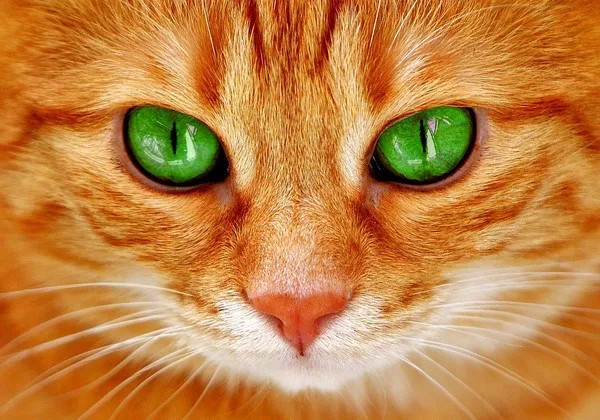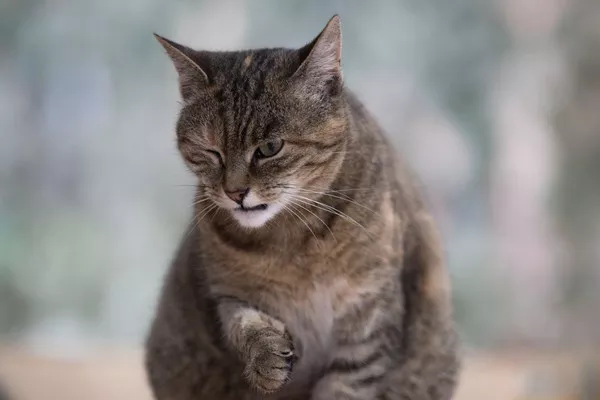Burmese cats, with their sleek coats, captivating eyes, and playful personalities, are beloved companions in households around the world. As with any cat breed, understanding the potential health concerns specific to Burmese cats is crucial for responsible pet ownership. In this comprehensive exploration, we delve into the peculiarities of Burmese feline health, shedding light on common diseases that may affect Burmese cats.
The Resilient Burmese Breed
Burmese cats, known for their social and affectionate nature, often thrive as cherished family members. Originating from Southeast Asia, specifically Burma (now Myanmar), these cats boast a rich history that dates back centuries. Brought to the Western world in the early 20th century, Burmese cats quickly gained popularity for their striking appearance and engaging personalities.
While the Burmese breed is generally robust and resilient, there are certain health considerations that potential owners and current caregivers should be aware of. Being proactive in understanding and addressing these health concerns is key to ensuring the well-being of these delightful feline companions.
Common Diseases in Burmese Cats
1. Hypokalemia: A Unique Challenge for Burmese Cats
One notable health concern that has been identified in the Burmese breed is a propensity for hypokalemia, a condition characterized by low levels of potassium in the blood. This condition is often associated with a genetic predisposition in Burmese cats, particularly those with a specific bloodline.
Hypokalemia can lead to a range of symptoms, including muscle weakness, lethargy, and in severe cases, paralysis. It is essential for owners of Burmese cats to be vigilant for signs of hypokalemia and work closely with veterinarians to monitor potassium levels through regular blood tests. While not all Burmese cats will develop hypokalemia, responsible breeding practices and early detection are crucial for managing this health concern.
2. Periodontal Disease: Dental Health in Burmese Cats
Dental health is a common consideration for cats of any breed, and Burmese cats are no exception. Periodontal disease, characterized by inflammation and infection of the gums and supporting structures of the teeth, can affect cats of all ages, including Burmese cats.
Regular dental care, including tooth brushing, dental diets, and dental treats, can contribute to maintaining optimal oral health in Burmese cats. Additionally, routine veterinary check-ups should include thorough dental examinations to address any signs of periodontal disease promptly.
3. Respiratory Conditions: Watchful Eyes on Breathing
Burmese cats are known for their distinctive head shape and slightly flattened features. While these features contribute to the breed’s unique appearance, they can also be associated with potential respiratory challenges. Brachycephalic breeds, characterized by short noses and flat faces, may be more prone to respiratory issues.
Owners of Burmese cats should be attentive to any signs of respiratory distress, such as noisy breathing, coughing, or labored breathing. Maintaining a healthy weight and providing a well-ventilated environment can contribute to respiratory well-being in Burmese cats.
4. Gastrointestinal Sensitivity: Dietary Considerations
Like many cat breeds, Burmese cats can exhibit sensitivity to certain foods or dietary changes. Gastrointestinal issues, such as vomiting or diarrhea, may arise if a cat’s diet is abruptly changed or if they have a sensitivity to specific ingredients.
Owners should introduce dietary changes gradually and be mindful of any adverse reactions. Consultation with a veterinarian can help determine the most suitable diet for an individual Burmese cat, taking into account their age, activity level, and any specific health considerations.
5. Heart Conditions: Dilated Cardiomyopathy (DCM)
Dilated cardiomyopathy (DCM), a condition affecting the heart muscle, can be a concern in certain cat breeds, including Burmese cats. DCM can lead to heart failure if not detected and managed in its early stages.
Regular veterinary check-ups, including cardiac evaluations, are crucial for monitoring the heart health of Burmese cats. Symptoms of heart disease may include lethargy, difficulty breathing, and decreased appetite. Early detection allows for appropriate interventions and management to improve the quality of life for cats with DCM.
Caring for the Burmese Cat: Practical Tips for Health and Wellness
Maintaining the health and well-being of Burmese cats involves a combination of vigilant observation, regular veterinary care, and proactive measures by owners. Here are practical tips for caring for Burmese cats:
1. Regular Veterinary Check-ups:
Schedule routine veterinary check-ups to monitor the overall health of your Burmese cat. Regular examinations allow for early detection of any potential health issues.
2. Dental Care:
Implement a dental care routine, including tooth brushing, dental diets, and treats. Good oral health contributes to the overall well-being of Burmese cats.
3. Balanced Diet:
Provide a balanced and nutritionally appropriate diet for your Burmese cat. Consult with your veterinarian to determine the most suitable diet based on their age, weight, and any specific health considerations.
4. Respiratory Health:
Be attentive to any signs of respiratory distress, and ensure that your Burmese cat has access to a well-ventilated environment. Maintaining a healthy weight can also support respiratory well-being.
5. Genetic Screening:
If acquiring a Burmese cat from a breeder, inquire about genetic screening for conditions such as hypokalemia. Responsible breeding practices contribute to the overall health of the breed.
6. Grooming and Hygiene:
Regular grooming helps keep the coat of Burmese cats in optimal condition. Additionally, maintaining litter box hygiene is crucial for preventing urinary tract issues.
In Conclusion
Burmese cats, with their engaging personalities and striking appearance, bring joy and companionship to countless households. Understanding the potential health considerations specific to the breed empowers owners to provide the best possible care for their feline companions.
From hypokalemia and dental health to respiratory and cardiac considerations, staying informed and proactive is key to ensuring the health and well-being of Burmese cats. With regular veterinary care, a balanced diet, and attentive observation, owners can contribute to the longevity and happiness of these delightful feline friends. As caregivers and advocates for the health of Burmese cats, we embark on a journey of responsible ownership, cherishing the unique qualities that make these cats such cherished members of our families.

![Do Birman Cats Like to Cuddle? [Revealed!]](https://www.catsmeowweb.com/wp-content/uploads/2023/06/burmese-cat-22.webp)
























